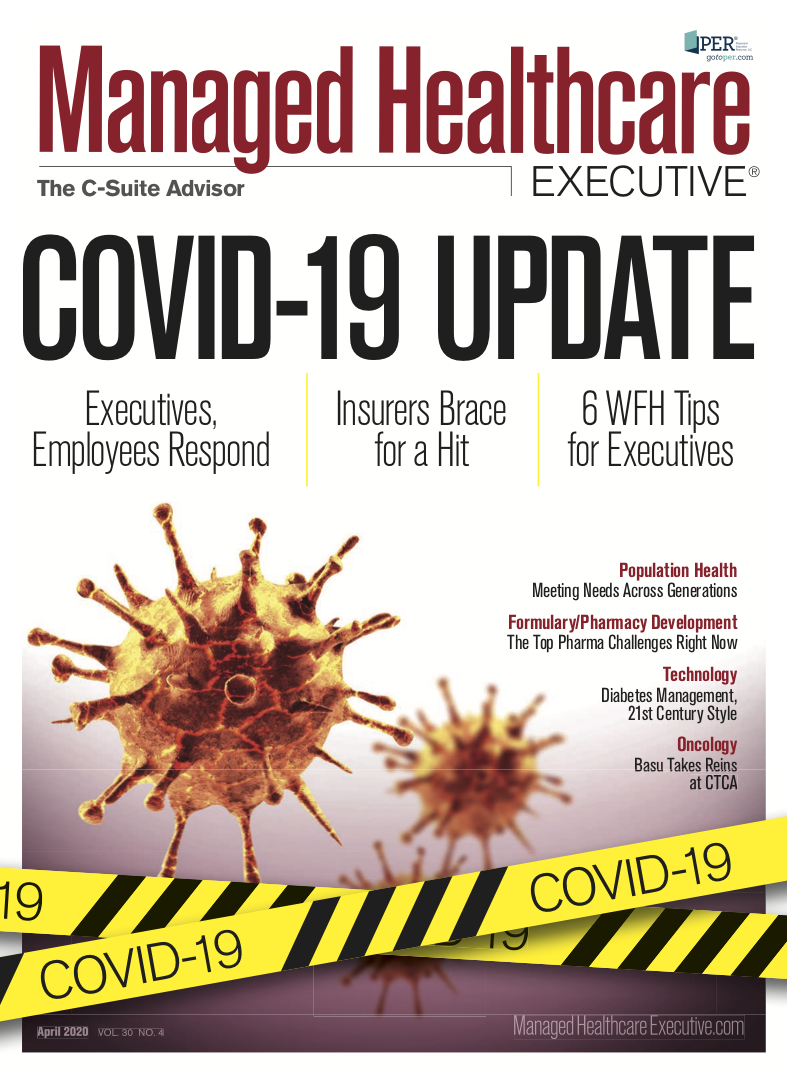Patients in Observation Status
How are healthcare systems addressing the shift from inpatient to observation?

To patients, observation status in a hospital can seem exactly like being an inpatient. Patients in observation status can be in the hospital several days just like fully admitted inpatients. They can be in a hospital bed, receiving pretty much the same kind of attention.
But the financial implications of outpatient status are worlds apart from being an inpatient for both patients - especially for those covered by Medicare-and for hospitals. For Medicare beneficiaries, outpatient status stays are billed under Part B, which means 20% cost sharing and out-of-pocket costs for medications not directly related to the primary diagnosis. Outpatient status may also expose people to nursing home bills once they leave the hospital that would have been covered by Medicare if they had been admitted as inpatients for at least three days. For hospitals, outpatient status means reimbursement at far less than if the patient had been admitted.
“Doctors get paid either way, but the hospitals get about half or even less for observation,” says Keith Lind, JD, MS, a senior policy adviser with AARP’s Public Policy Institute.
Outrage over the “surprise billing” aspects of observation status and the fact that many patients didn’t realize they were classified that way led to the Medicare Outpatient Observation Notice (MOON) rule, which requires hospitals to notify patients if they are in outpatient status. Still, some physician and patient advocacy groups remain critical of outpatient status. They see loopholes in the MOON rule and cases when patients are put in observation status when, medically, they needed inpatient care. Some groups have mounted legal challenges; in late March, a federal judge ruled that some patients in the observation status could bring an appeal to CMS challenging that status.
Related: Effective Transitions Of Care After Discharge Process
Not everyone is a critic, though. Christopher McCann, CEO of Current Health, a Boston company that provides patient monitoring and other services, notes healthcare systems are using the shift from inpatient to observation as a strategy in their value-based contracting agreements.
“Both private and public payers have been seeking to reduce the overall cost of healthcare delivery,” McCann says. “The hospital is the most expensive part of that delivery system, so one area of focus has been on reducing hospitalizations.” Because of the increasing reliability of remote monitoring and application of artificial intelligence, “we’ll see a reduction in both inpatient and observation stays,” he predicts, “and that observation status [care] will be delivered in the person’s own home.
Lindsey Osting, chief nursing officer and vice president of patient care at OhioHealth Doctors Hospital in Columbus, says hospitals have started to group observation patients together.
“From a nursing perspective, while they get the same quality care you would get from being considered inpatient, if we put them together on the unit, it’s easier to develop protocols and ways of doing things in a way that is best for the patient,” Osting says.
Numbers went up
The number of hospitals put into observation status started to increase significantly about 15 years ago. In some cases, hospitals were responding to Medicare auditors that challenged decisions to admit patients, especially for short periods. And there was some evidence that some fraction of inpatient admissions was at least questionable and perhaps motivated by a high reimbursement rate for inpatient care and the overall “heads in beds” incentives. In an effort to clarify when inpatient admissions were acceptable, CMS established the “2-midnight” rule in 2013. The rule states that if a doctor believes, with evidence to back it up, that a person needs to be hospitalized for a period that will span two midnights, then that person can be admitted as an inpatient. CMS adjusted the rule in 2016 to add back some physician judgment.
“If a doctor thinks the patient is going to stay at least two days, they can admit them, and that claim will not get close scrutiny,” says Lind at the AARP. “If the patient is only there for one day, that claim is likely to be denied.”
Many see the 2-midnight rule as giving hospitals even more of a reason to put patients into observation status, notwithstanding the lower reimbursement (better a smaller claim is paid than a larger claim denied). Hospitals may also use observation status because it may help with their readmission rates.
Eric Burch, principal at Vizient, a member-owned healthcare services company in Irving, Texas, says with the rollout of the 2-midnight rule, hospitals began placing patients in observation status to avoid denial of payment. Commercial payers followed suit and, in some instances, downgraded patients from inpatient to observation status when calculating reimbursement.
“Hospitals now leverage utilization review committees and have dedicated care teams and observation units to ensure they follow CMS and payer guidelines to provide the appropriate care for all patients,” he says.
Hard to predict
Grouping patients into observation status or inpatient as well as the push for quicker discharges has led to an improvement in the transitions of care, say some healthcare executives, according to many in the industry. There are now guidelines in place so that medication reconciliations and hospital treatment summaries are supposed to be provided to primary care physicians.
Maria Vila, DO, a family medicine specialist in New Jersey, says healthcare systems have adapted by creating observation units with hospitals, emphasizing case management and hiring physician advisers to determine the appropriate status. “Physician advisers can review the assigned status by the treating physicians and provide guidance if needed or challenge the assigned status of either inpatient or observation,” she says.
Teryl K. Nuckols, MD, director, division of general internal medicine at Cedars-Sinai Medical Center in Los Angeles, says it is still hard for clinicians because they are expected to make guesses about whether patients may stay longer than two midnights “often at a point when they are still sorting out the diagnosis.”
“In some cases, it’s the luck of the draw whether the observation patients end up on the ‘observation units’ or on regular hospital nursing floors,” Nuckols says. “The literature also talks about hospitals creating protocols for certain categories of observed patients, such as those with chest pain, but now observation status applies to any patient with an anticipated short stay, so protocols seem to not play as large a role.”
Vila notes the main challenge includes unforeseen circumstances such as an inability to predict if a patient will truly improve and be able to be discharged within the appropriate time frame once determined as observation status.
“Another challenge is that by discharging patients quickly, we need to ensure that they have proper follow-up with their primary care physicians and sometimes other services,” Vila says. “These issues must be handled by the case management team prior to discharge.”
Keith Loria is an award-winning journalist who has been writing for major newspapers and magazines for close to 20 years.

Extending the Capabilities of the EHR Through Automation
August 2nd 2023Welcome back to another episode of "Tuning In to the C-Suite," where Briana Contreras, an editor of Managed Healthcare Executive, had the pleasure of chatting with Cindy Gaines, chief clinical transformation officer at Lumeon.
Listen